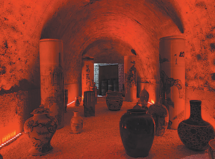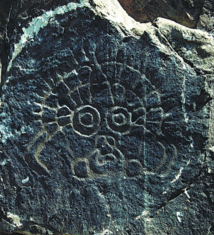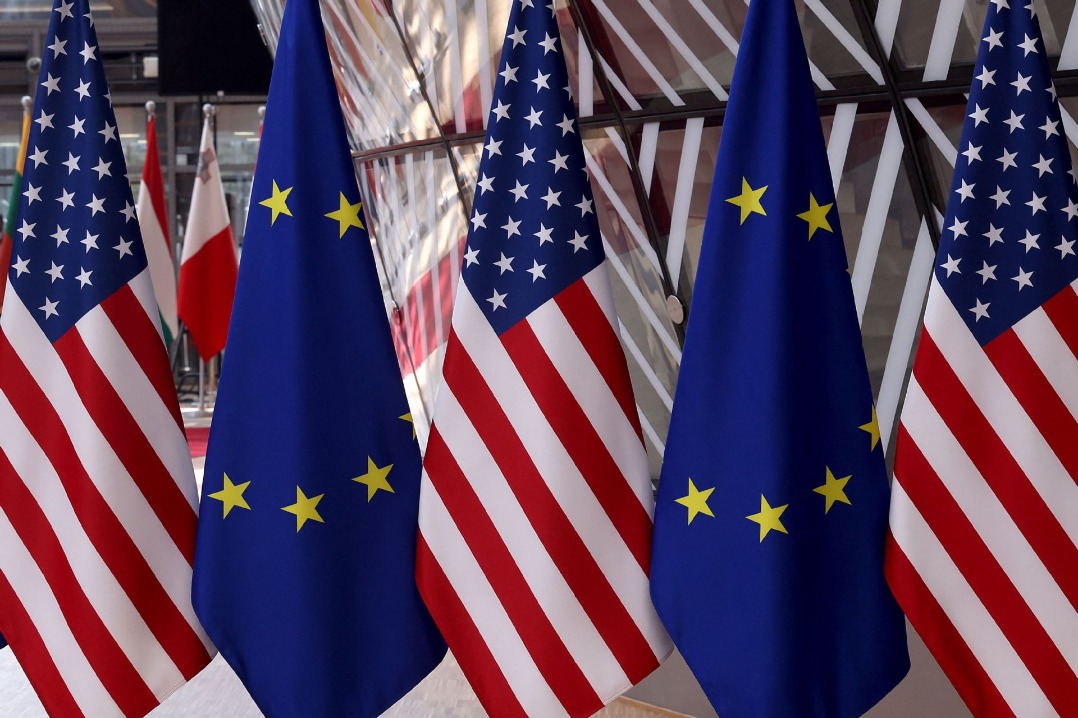What's on

Reborn in flames
Tang Ying, the supervisor of imperial ceramic kilns under the reign of Emperor Qianlong of the Qing Dynasty (1644-1911), said it was the burning fire that turned clay into porcelain ware. The kiln is where the clay, glaze and color pigments transformed clay into beautiful items. A variety of porcelain items, featuring diverse patterns and colored glazes — famed in Chinese art history — were a result of consistent experiments of artisans working at such kilns. Manufacturing and Firing, a long-term exhibition at the Chinese Traditional Culture Museum, showcases the diligence and creativity of those that contributed to ceramic-making in Jingdezhen, hailed as the country's time-honored "porcelain capital" in Jiangxi province. It shows over 100 objects fired at the kilns, some of which were created in old classical styles and others in modern types. For ceramic lovers, knowing how a kiln works is the first step in a journey to truly understand the brilliance of Chinese ceramic art and the hard work behind it throughout centuries.
9 am-5 pm, closed on Mondays. 16 Hujing East Road, Chaoyang district, Beijing. 010-8799-1866.
Messages on rocks
People in the prehistoric era carved pictographs on cliffs and rocks to record what they saw and how they lived. Such hierograms, known as cliff paintings and carvings, have been found in abundance in the Ningxia Hui autonomous region in Northwest China. The mysterious pictorial recordings, before the invention of writing, form an encyclopedia for the studies of many aspects of prehistoric communities. An exhibition now on at Wuxi Museum in the city in Jiangsu province, provides a glimpse of this chapter of primitive art. It shows rubbings of cliff paintings, dating to different periods of time, from the collection of Ningxia Museum. Images on show include human figures and faces, hunting scenes, animals, hand impressions, symbols and other categories of rock art. In between the lines and patterns, a viewer can sense the creators' urge to make their presence felt in the world. The exhibition ends on June 13.
9 am-5 pm, closed on Mondays. 100 Zhongshu Road, Wuxi, Jiangsu province. 0510-8572-7500.
Magnificent work
From the depiction of middle-class family life that Adriano Cecioni (1838-86) hinted at in his work to a sunny view of the Place Saint-Michel public square in Paris painted by Jean-Francois Raffaelli (1850-1924) to demonstrate his renewed interest in the city's landscapes; from a portrait made by Amedeo Modigliani (1884-1920) of his agent's wife that represents a pinnacle of the artist's short-lived life to an etching of the Minotaur by Pablo Picasso (1881-1973), commissioned by the leading art dealer Ambroise Vollard, representations of modernism evolved over a span of 150 years. The styles these figures heralded and their spirit to reform and embrace changes, covering the period from the mid-19th century to the 1970s, are given a vivid portrayal at Magnificence, an exhibition at the Sky Museum in Shenzhen, Guangdong province, through June 25. The show features luminaries of modern art, including Vincent van Gogh (1853-90), Henri Matisse (1869-1954) and Wassily Kandinsky (1866-1944), to name a few. The works are from the collection of the National Gallery of Modern and Contemporary Art in Rome.
10 am-8 pm, Tuesday to Thursday, Sunday; 10 am-9 pm, Friday and Saturday. Shenzhen Media Group Tower, Futian district, Shenzhen, Guangdong province.

































